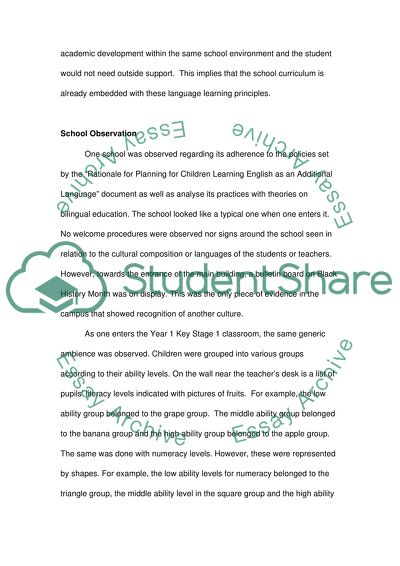Cite this document
(“Policy and practice in the education of bilingual children Essay”, n.d.)
Retrieved from https://studentshare.org/education/1393541-policy-and-practice-in-the-education-of-bilingual
Retrieved from https://studentshare.org/education/1393541-policy-and-practice-in-the-education-of-bilingual
(Policy and Practice in the Education of Bilingual Children Essay)
https://studentshare.org/education/1393541-policy-and-practice-in-the-education-of-bilingual.
https://studentshare.org/education/1393541-policy-and-practice-in-the-education-of-bilingual.
“Policy and Practice in the Education of Bilingual Children Essay”, n.d. https://studentshare.org/education/1393541-policy-and-practice-in-the-education-of-bilingual.


